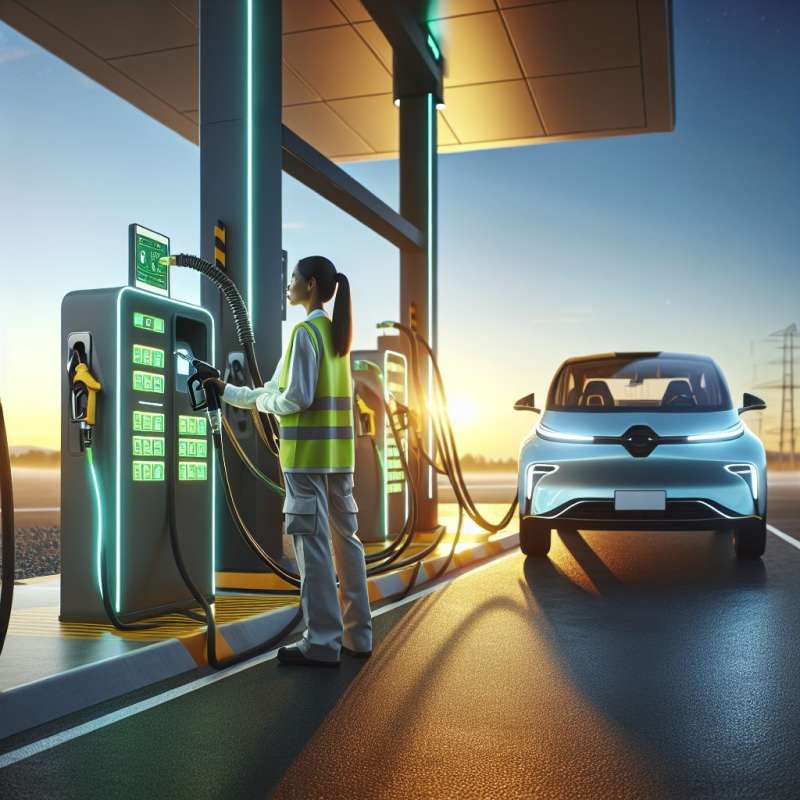
Introduction to Hydrogen Fuel
Hydrogen fueling stations supply hydrogen for fuel cell vehicles. Unlike gasoline, hydrogen is a clean energy carrier that emits only water vapor when used in vehicles.
Hydrogen Production Methods
Hydrogen is produced by various methods, primarily through natural gas reforming and electrolysis. Green hydrogen is produced using renewable energy, making it the most sustainable option.
Station Infrastructure
Hydrogen stations combine compressors, storage tanks, pre-cooling systems, and dispensers. They can refuel a car in under 5 minutes, similar to traditional fueling times.
Safety and Standards
Hydrogen fueling stations adhere to strict safety standards. Sensors monitor for leaks, and the fuel itself is dispensed at high pressures, up to 700 bar for light-duty vehicles.
Global Deployment
As of 2023, there are over 500 hydrogen stations worldwide, with Japan, Germany, California, and South Korea leading in infrastructure. The network is expanding rapidly.
Economic Considerations
High costs of hydrogen production, storage, and distribution pose challenges. Economies of scale and technological advancements are essential for making hydrogen competitive with other fuels.
Future Developments
Advances in technology may lead to more efficient stations with on-site production, minimizing transportation costs. The rise of hydrogen-powered trucks and buses could also accelerate infrastructure growth.
What do hydrogen fueling stations emit?
Only water vapor
Carbon dioxide
Nitrogen oxides
Company